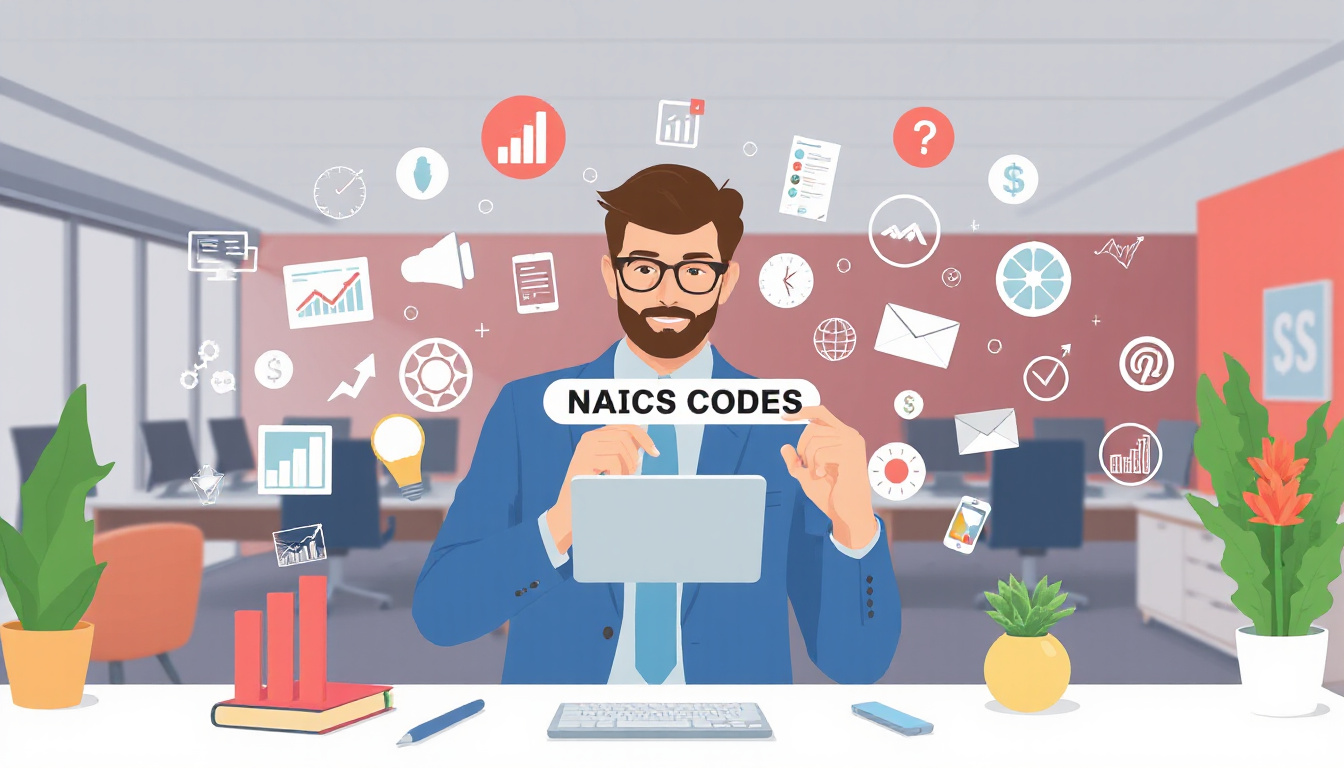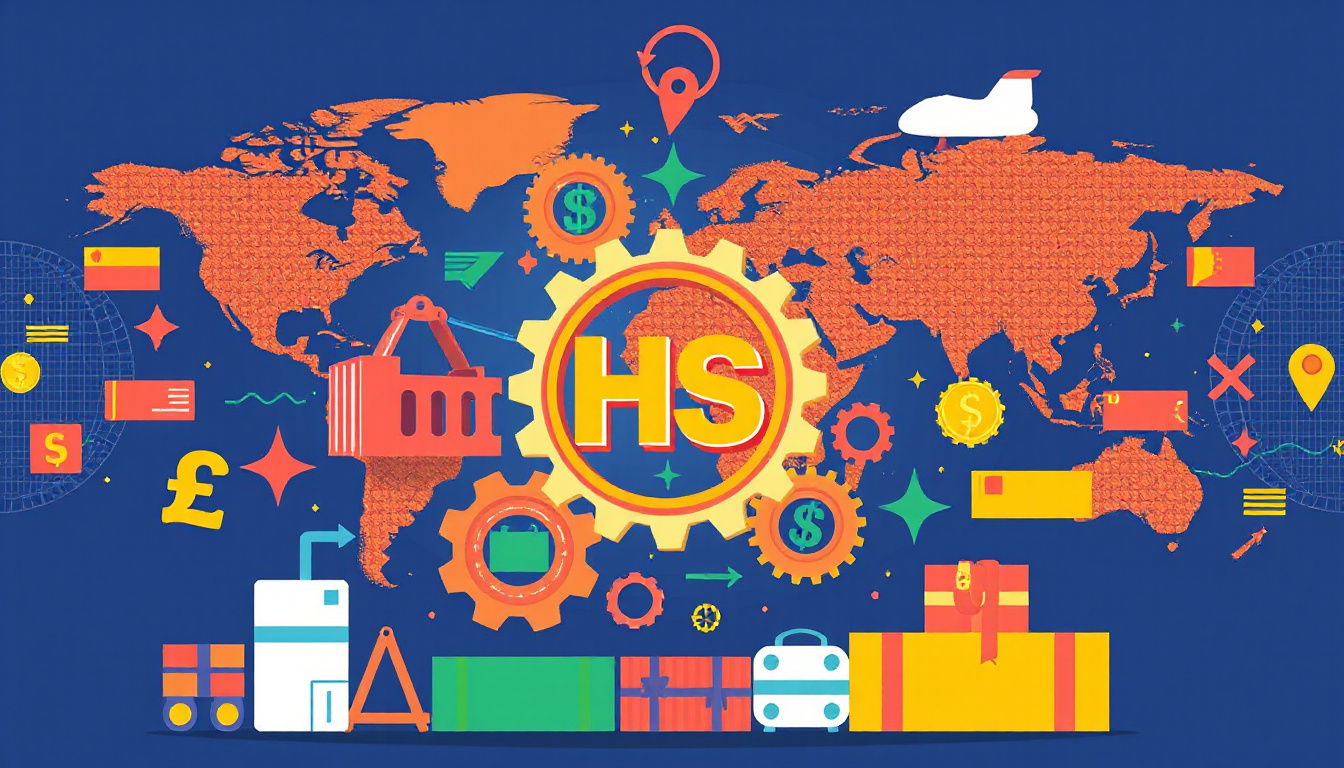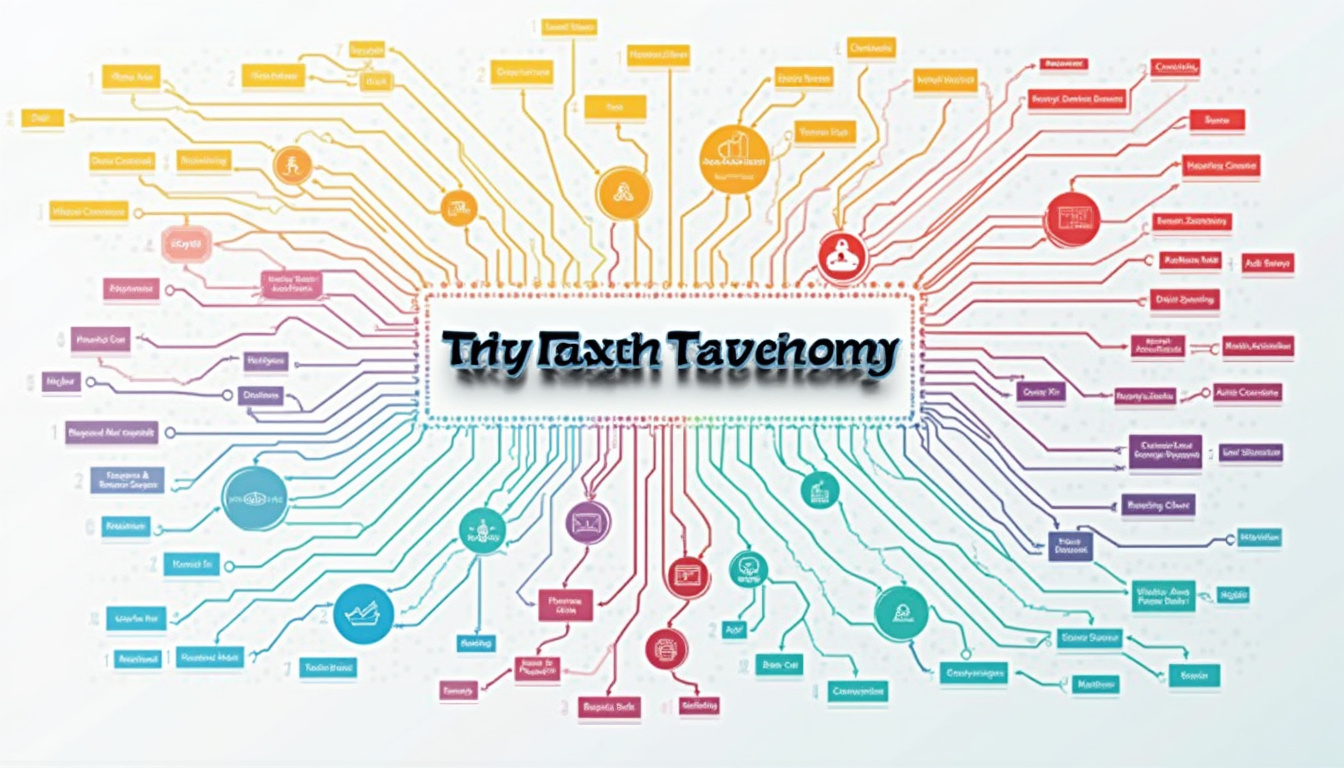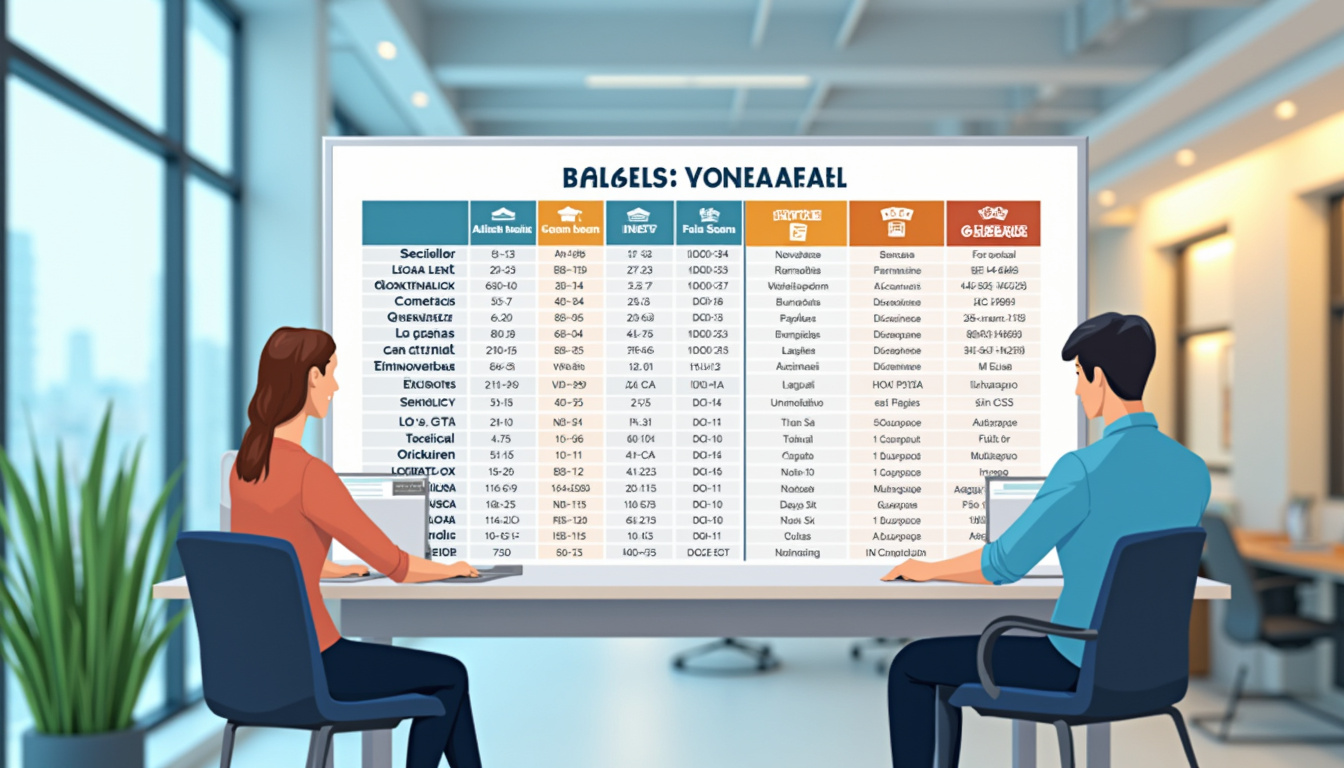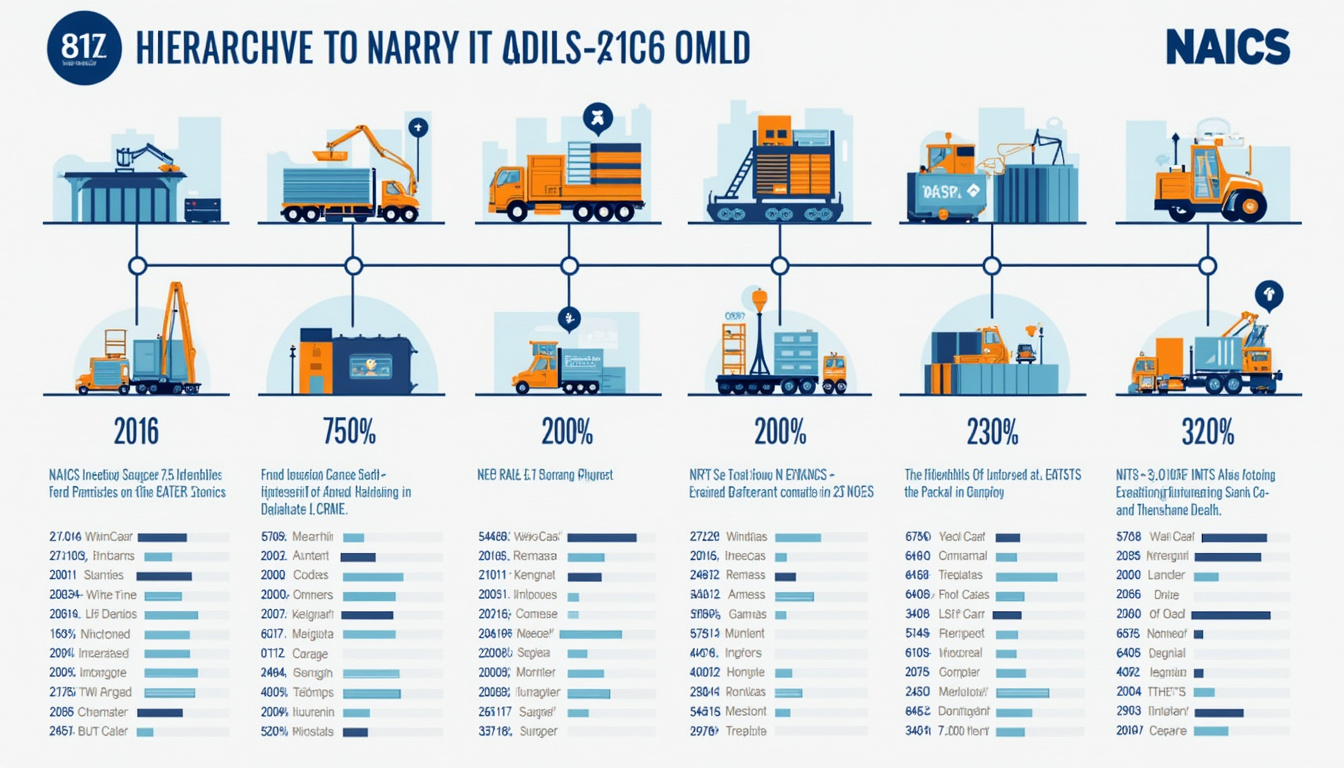In the intricate world of international trade, understanding the nuances of customs and tariffs is essential for businesses looking to expand their market reach. At the heart of this process lies the CN code, a pivotal element in determining the customs duties applied to goods entering or exiting the European Union. Whether you are a seasoned exporter or a newcomer to the global market, navigating the complexities of CN codes can significantly impact your operations. This essential guide will demystify CN codes, highlighting their significance, explaining how to select the correct one for your products, and addressing common myths that may lead to costly errors. By the end of this article, you will be equipped with the knowledge you need to optimize your international trade practices.

Key Takeaways
- A CN code is a numerical classification used to identify goods in international trade.
- Proper use of CN codes is crucial for accurate customs declarations and avoiding tariffs.
- Determining the correct CN code requires careful consideration of your product’s specifications and classifications.
- Many misconceptions exist around CN codes, including their purpose and the process of obtaining them.
- Incorrect CN code use can lead to costly penalties and delays in shipping.
What is a CN Code?
A CN code, or Combined Nomenclature code, is an essential tool used in international trade, particularly within the European Union. It serves as a standardized classification system for goods, facilitating the process of customs clearance and ensuring that tariffs and trade statistics are accurately applied. The CN code consists of eight digits, where the first two digits represent the chapter of the goods, the next two specify the heading, followed by two subheadings that narrow down the classification, and finally a suffix that denotes any additional distinctions. Understanding how to utilize the CN code is crucial for businesses involved in import and export, as it helps in compliance with regulations, optimal tariff application, and effective communication with customs authorities.
The Importance of CN Codes in International Trade
In the realm of international trade, the significance of the CN code cannot be overstated. Standing for the Combined Nomenclature code, this classification system is crucial for the categorization of goods traded within the European Union and beyond. Each CN code consists of a series of digits that uniquely identifies a specific product, which is essential for determining tariffs, trade statistics, and regulatory requirements. By utilizing the correct CN code, businesses can ensure compliance with international trade regulations, streamline customs procedures, and ultimately avoid costly delays. Furthermore, accurate CN codes help importers and exporters in negotiating trade agreements and navigating complex international markets, thereby enhancing global commerce efficiency. For any business engaged in cross-border trade, a solid understanding of CN codes is not just an advantage, but a necessity.
‘In modern commerce, the successful navigation of tariffs and customs codes is just as crucial as the goods being traded.’

How to Determine the Correct CN Code for Your Product
Determining the correct CN code for your product is crucial for smooth customs clearance and accurate tariff classification. The CN code, or combined nomenclature code, is an essential tool within the European Union that categorizes goods for improved understanding and regulation of trade. To ascertain the correct CN code, start by examining the characteristics and specific use of your product. Utilize resources like the official TARIC database or the EU’s Combined Nomenclature guide, which provides a comprehensive list of codes and their corresponding categories. Additionally, consulting with a customs broker or trade expert can help ensure you select the appropriate CN code, as misclassification can lead to potential delays or fines. Remember, accurately identifying the CN code not only aids in compliance but also enhances your international trade strategies.
Common Misconceptions About CN Codes
When it comes to international trade, one of the most crucial aspects is understanding the CN code, or Combined Nomenclature code. However, there are several common misconceptions about CN codes that can lead to confusion for businesses and individuals alike. One prevalent myth is that CN codes are solely for customs purposes. While they are essential for customs declarations, they also play a vital role in trade statistics and economic analysis within the European Union. Another misconception is that once a CN code is assigned to a product, it cannot change. In reality, CN codes can evolve over time as products are modified or new categories are created to reflect market changes. Additionally, many people believe that selecting the correct CN code is only necessary during import; however, accurate classification is crucial at all stages of the supply chain, including exports. Understanding these misconceptions about CN codes is vital to ensuring compliance and facilitating smooth international trade.

Implications of Incorrect CN Code Use
The implications of incorrect CN code use can be far-reaching, affecting businesses in various ways. The CN code, or Combined Nomenclature code, is crucial for the classification of goods in international trade and is used for customs declarations and statistical purposes within the European Union. Misclassification of goods due to an incorrect CN code can lead to significant penalties, delays in shipments, and increased customs duties or taxes. Furthermore, businesses may face legal repercussions if found in violation of trade regulations. This highlights the importance of ensuring that the correct CN code is used during the import and export process. For companies engaged in cross-border trade, investing time and resources into understanding the nuances of CN codes can mitigate risks and foster smoother transactions.
Resources for Finding and Understanding CN Codes
Finding and understanding CN codes can be a daunting task, especially for businesses involved in international trade and customs compliance. The CN code, or Combined Nomenclature code, is essential for classifying goods and ensuring that they meet the necessary import and export regulations within the European Union. Fortunately, there are a variety of resources available to assist you. The official website of the European Commission provides an extensive online database where you can search for specific CN codes by product description or number. Additionally, national customs authorities often publish guides and handbooks that explain how to use CN codes effectively. Trade associations and industry-specific organizations also offer workshops and webinars to help businesses navigate the complexities of classification. For those who prefer a more interactive approach, numerous online forums and professional networks exist where you can engage with experts and peers to share insights and experiences related to CN codes. By utilizing these resources, you’ll not only gain a clearer understanding of how CN codes function but also enhance your compliance with international trade requirements.
Frequently Asked Questions
What is a CN Code?
A CN code, or Combined Nomenclature code, is a numerical classification system used in the European Union to categorize products for customs and tariffs. It helps in identifying goods for duty assessment and trade statistics.
Why are CN Codes important in international trade?
CN Codes are crucial because they determine the tariffs applicable to products when they cross borders. Proper classification can prevent delays in customs and help businesses avoid penalties for misclassification.
How can I determine the correct CN Code for my product?
To determine the correct CN Code, analyze the product’s characteristics, consider its use, and consult the European Union’s Combined Nomenclature or trade databases. Consulting customs brokers or trade compliance experts can also be beneficial.
What are some common misconceptions about CN Codes?
A common misconception is that all products fit neatly into single CN codes. However, many products may require subcategories based on specific features or components. Another misconception is that customs classification is a one-time task; it actually requires ongoing compliance and updates.
What are the risks of using an incorrect CN Code?
Using an incorrect CN Code can lead to significant risks including financial penalties, delayed shipments, and potential audits by customs authorities. Misclassification can also affect trade agreements and eligibility for duty exemptions.

